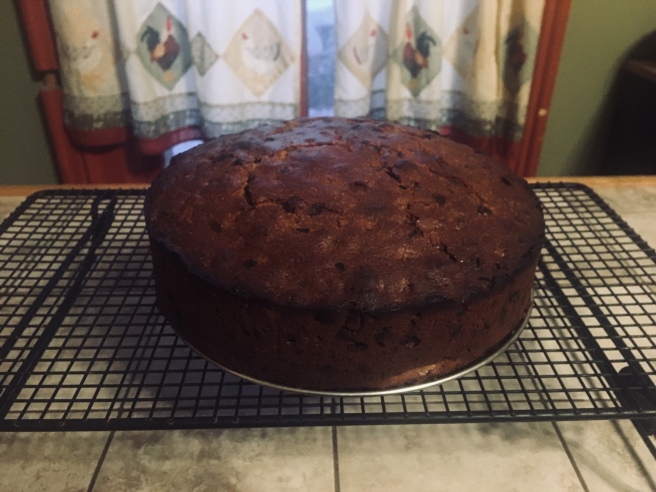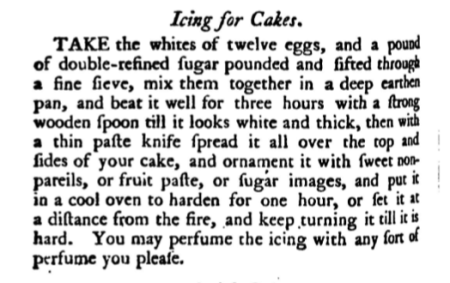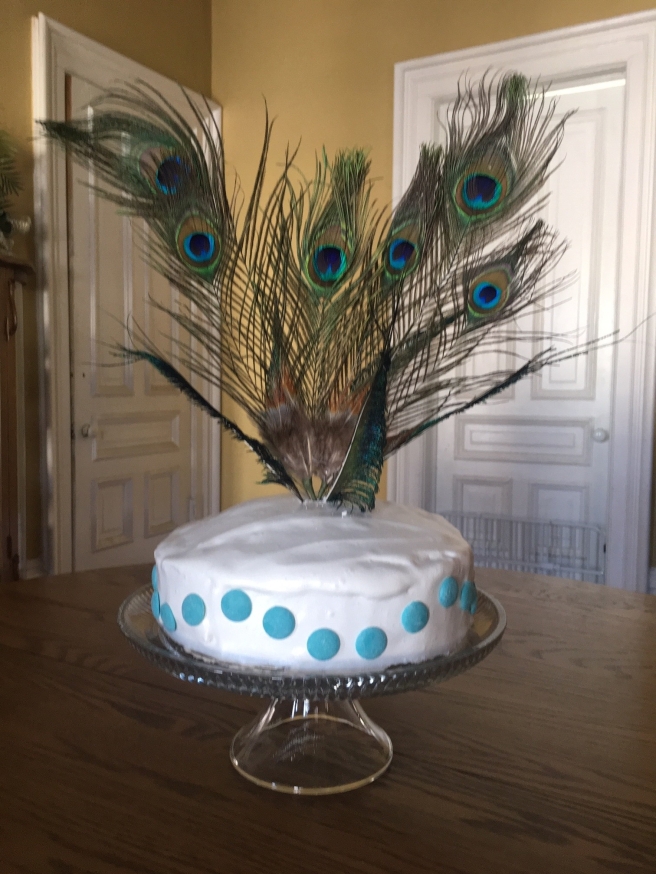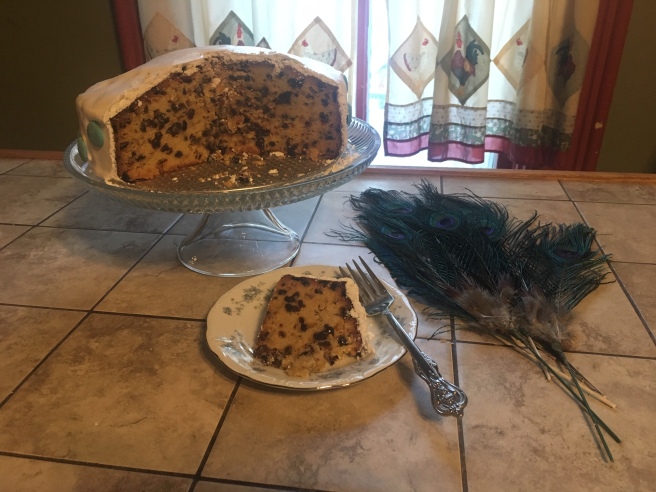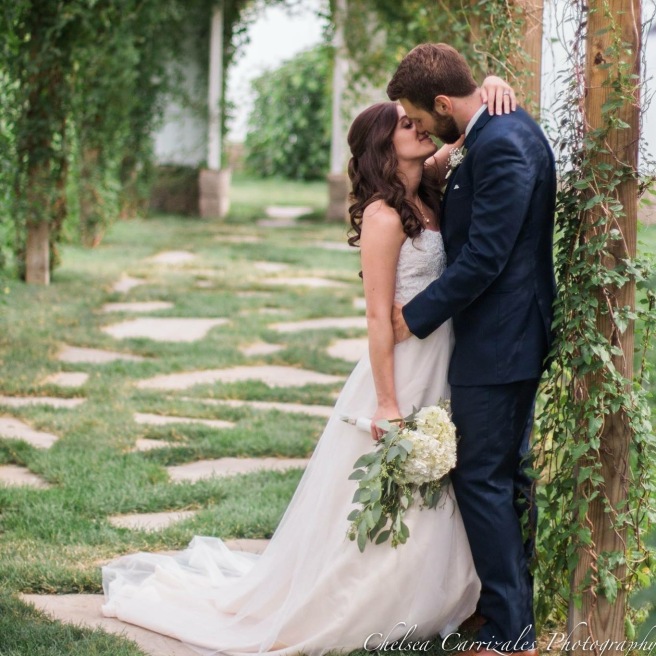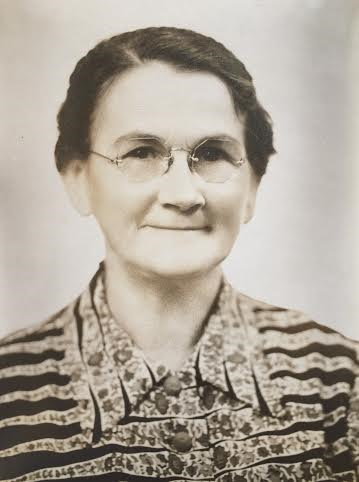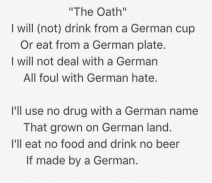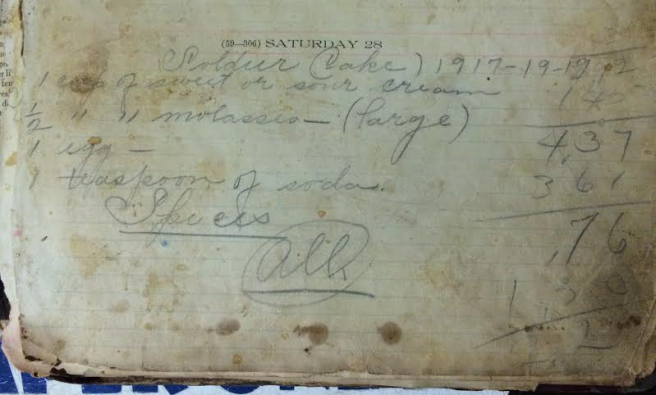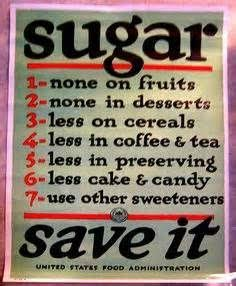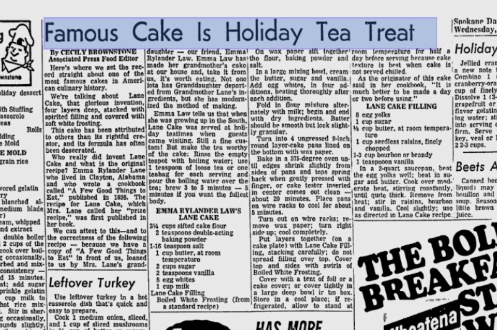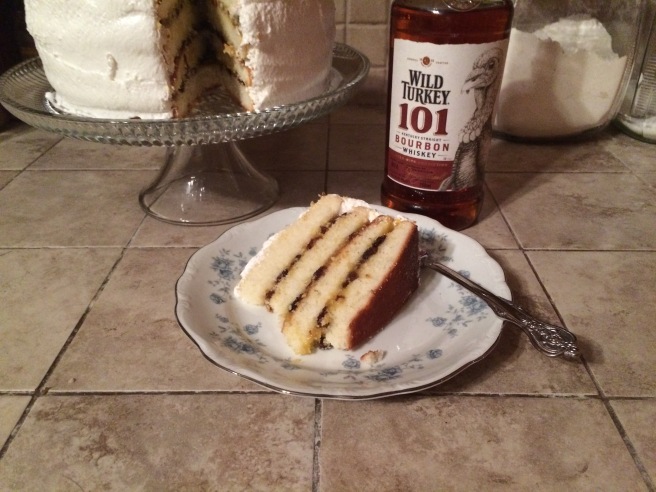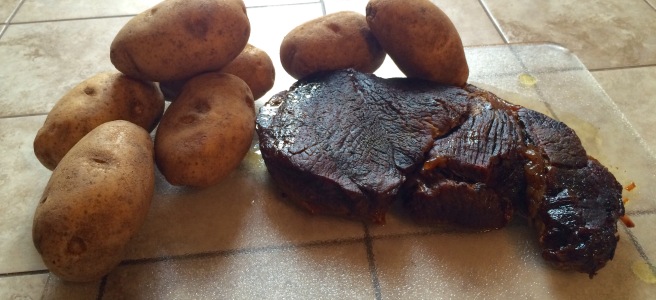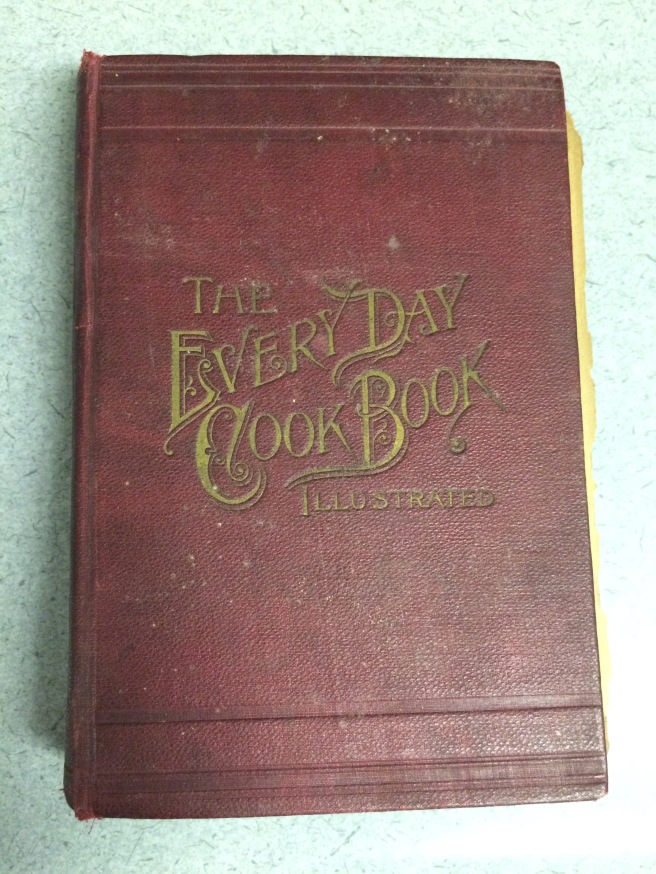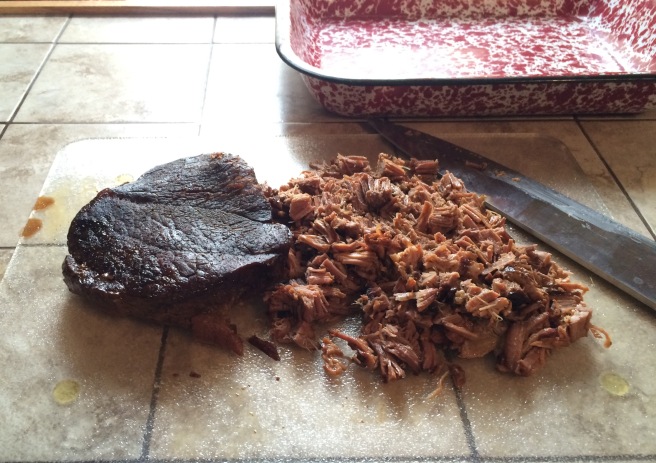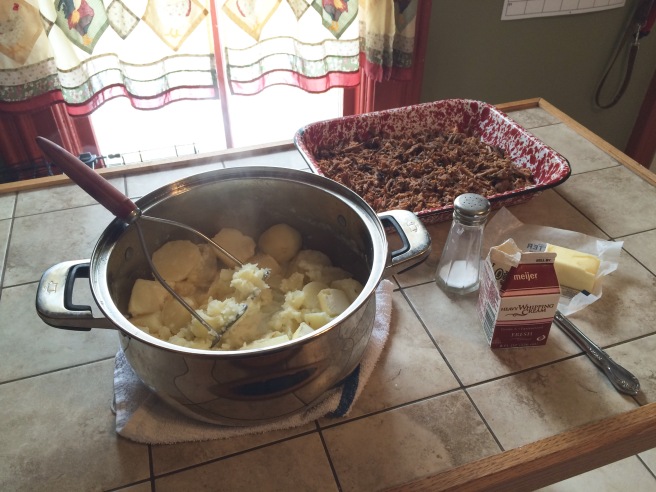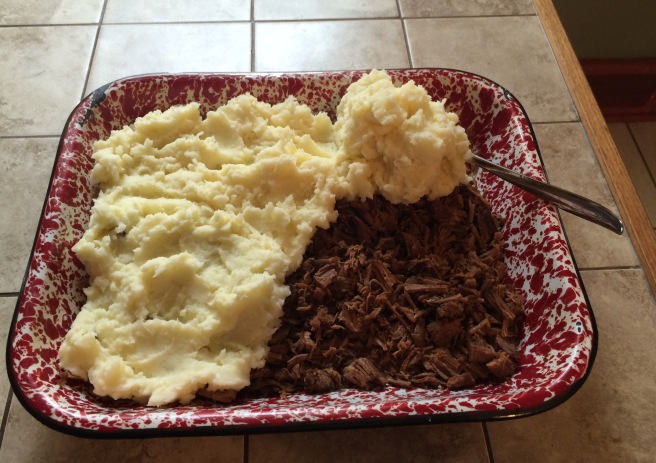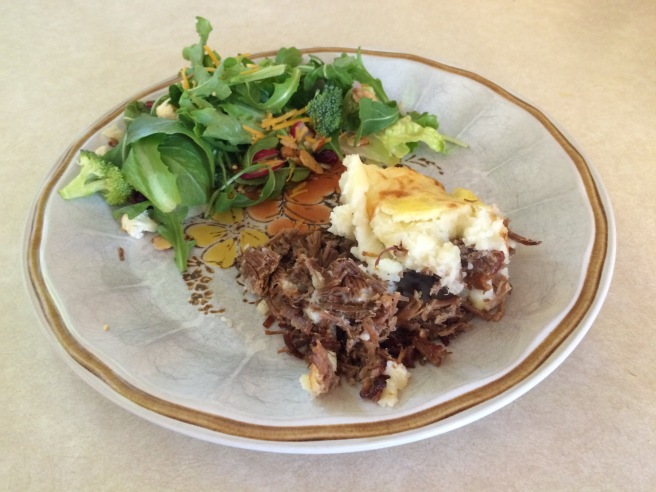“Looking Back: Improve upon (or try an alternate version of) a previous challenge, or a recipe you are already comfortable with.”
I. Love. Chocolate.
Like seriously, I think chocolate is the Food of the Gods. Imagine my dismay when a historical recipe I was making for one of the last round’s challenges went horribly wrong. So horribly wrong that I didn’t take more than one bite and threw the entire batch away. The challenge was Sweets for the Sweet and I decided to make a chocolate caramel candy recipe. I took the time to do it just as written. The ingredients included Baker’s chocolate, brown sugar, butter, and milk. The resulting candy tasted like bitter molasses. It was awful.
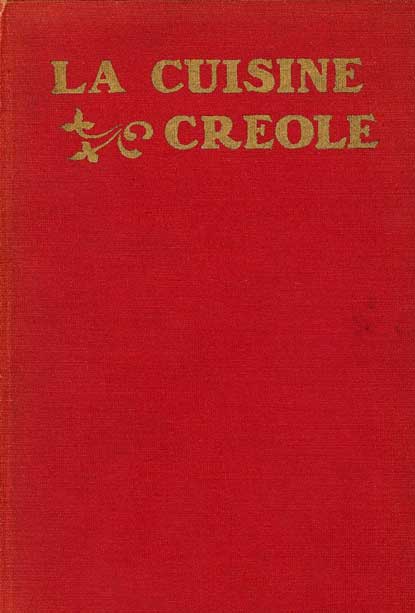
When I saw this challenge, I decided I would try to make historical candy again, but with a different recipe. I chose my recipe from La Cuisine Creole: A Collection of Culinary Recipes, From Leading Chefs and Noted Creole Housewives, Who Have Made New Orleans Famous for its Cuisine, a cookbook I found on online at Michigan State University’s Feeding America website. This website is an invaluable source for historical cookbooks that have been scanned in and are available free of charge. You can find the digital copy here: Feeding America La Cuisine Creole was anonymously printed in 1885, but its authorship is generally accepted to be attributed to Lafcadio Hearn. While the majority of the receipts are for Creole cookery, I did find a recipe for chocolate caramels that sounded similar to the recipe I had used with just a little difference in sugar.
Along with chocolate, I can use this entry to extol the virtues of something else I love – Colonial Williamsburg in Virginia. My mom and dad brought my brother and I to Williamsburg when I was a child, then again in my early teens. As an adult, I have been there with my own family another six times. One of my favorite activities there is to sit in the middle of the Governor’s Palace Green and soak in the atmosphere. The colonial area is closed to motor traffic during the day, so all that can be heard is the slow clopping of horses’ hooves as they pull various types of carriages and wagons full of tourists from stop to stop. The smell in the air is that of boxwood in the spring and summer, a pungent spicy greenery that forms many of the garden hedges. My dream job is to be a historical cooking interpreter at the Governor’s Palace kitchen. It is located in a separate building on the edge of the courtyard and contains two rooms. One is a still room where all manners of confections and culinary delights can be found as well as various copper kettles, forms and implements for cooking. The other room is the kitchen proper with a large colonial style fireplace and adjacent oven. Foods are prepared using vegetables from the garden behind the building as well as fruit, milk, and other ingredients produced right there in the colonial area with historically accurate recipes and skills. The food is not available for tourists to eat, as it would not be able to pass quality tests, but for them to see the types of meals that were made for the British governor and his family to eat.
The last time we went to Colonial Williamsburg, the kitchen staff were making chocolate. They started with roasting the nut to rolling the chopped nuts, allowing the emollients within the nut to bring it to a semi-liquid form. The chocolate was then scraped off the chocolate stone, a special rolling stone that was heated to also help with the liquefying of the chocolate, and dropped into discs on parchment paper. After they hardened, the discs would be stored for use as flavoring in hot water, as drinking chocolate was the only way it was consumed. The smell of chocolate in the kitchen that day was almost overwhelming. I spent a couple of hours there observing how the chocolate was made and trying to soak in as much information as possible.
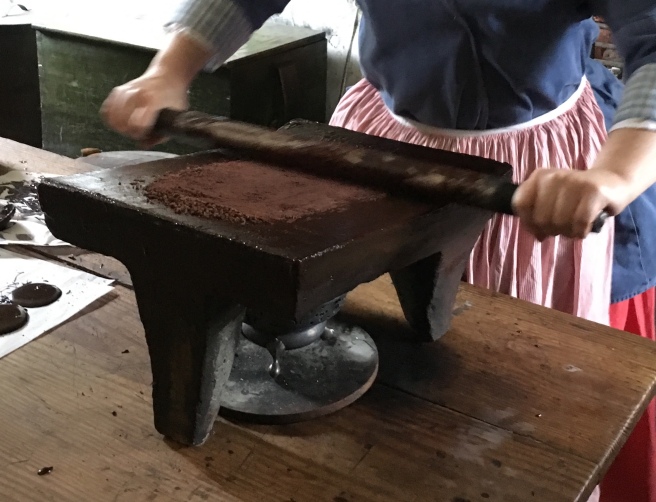
While I do not have a chocolate stone, I was able to purchase American Heritage Chocolate. If you have not heard about this chocolate, you can learn more here: American Heritage Chocolate Basically, it was developed by Mars Wrigley, the company that brought us M&Ms. Forrest E. Mars, Jr. worked with a team of historians with research by more than 115 global experts to create American Heritage Chocolate.
The Recipe:

Since my last try with chocolate caramels went so horribly wrong, I approached this time with extreme trepidation. The recipe looked easy enough, but it did last time too!
2 C milk
4 oz grated chocolate
1 ½ C white sugar
Butter

I prepared my block of chocolate by hand grating it. Once it was grated, I coated my cooking pan with butter, based from a different recipe I had read as well as preparing the dish I would pour it in when it was time.
I mixed my ingredients together and placed the mixture on a medium heat. I brought it to a rolling boil, all the while watching it carefully that it did not burn. I’m not a candy expert, so I decided to use my thermometer in order to be accurate with the temperature. “Stiff enough to pull” appeared to be soft ball stage via my research, which was 235 degrees Fahrenheit. As the mixture boiled and began to reduce, it became a rich, dark brown. The steam smelled amazing. As I watched my thermometer, I could only get it to 230 degrees, where it stayed for 10 minutes. It just would not go higher. I inched the stove knob slightly higher and immediately smelled it starting to burn. I decided to remove it from the heat, hot enough or not.
I poured it into my pan and waited patiently for it to cool.

Since it did not get hard enough to cut or pull into pieces, I poured the thick, heavy sauce into a container. It tasted just as amazing as it smelled. There was no way I’m letting this go to waste! Now I just slip into the refrigerator and sneak a spoonful of it!
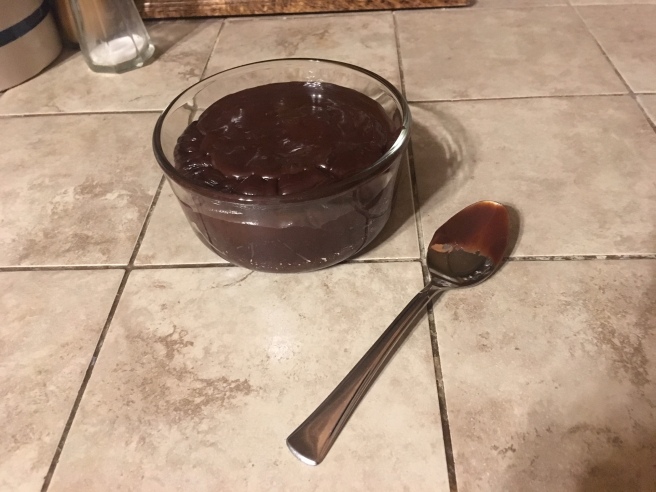
The Date/Year and Region: 1885, New Orleans, Louisiana
Time to Complete: The whole process was 45 minutes, including the grating of the chocolate block.
Total Cost: I had all the ingredients, so $0 for me.
How Successful Was It?: While I couldn’t get the firmness needed, the resulting sauce is amazing.
How Accurate Is It?: I used an electric oven and candy thermometer.
Next up – Soup!
I’ll be cooking for you soon!
Amber















